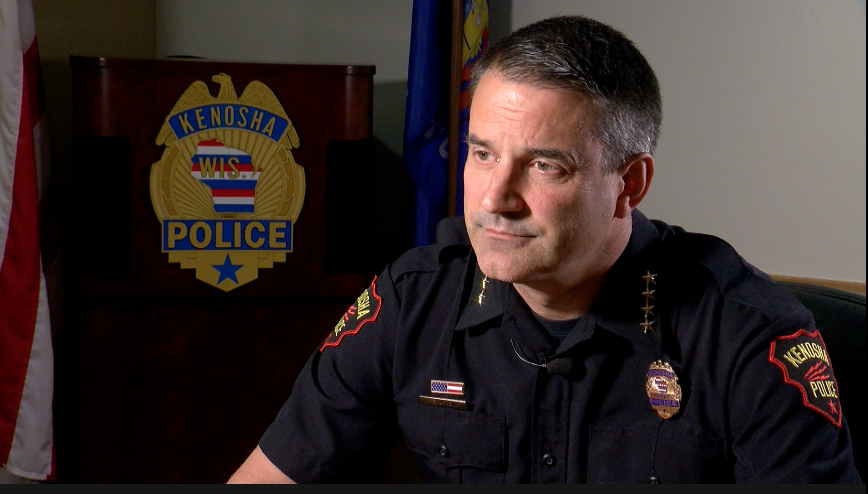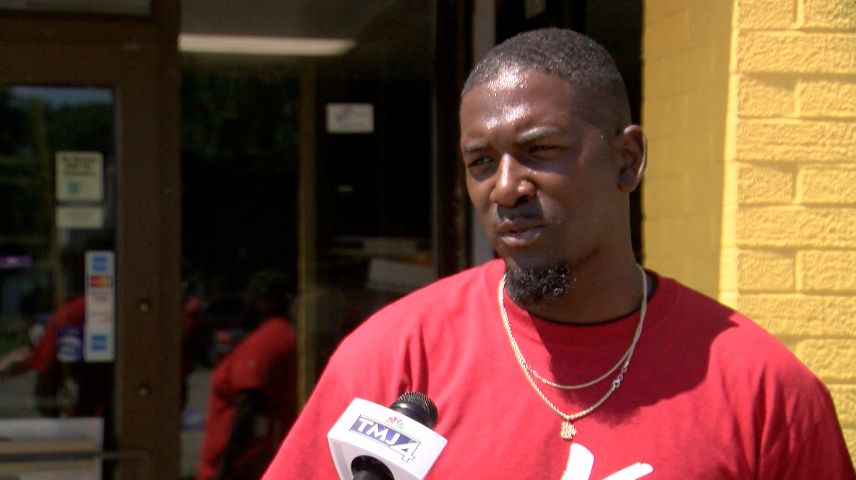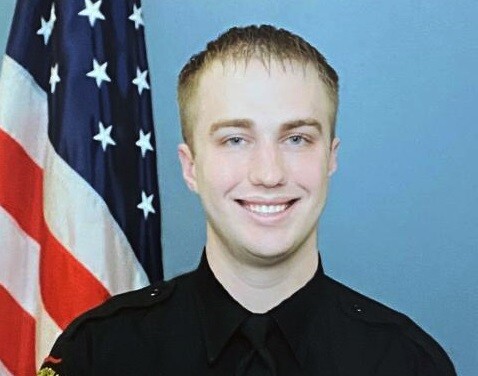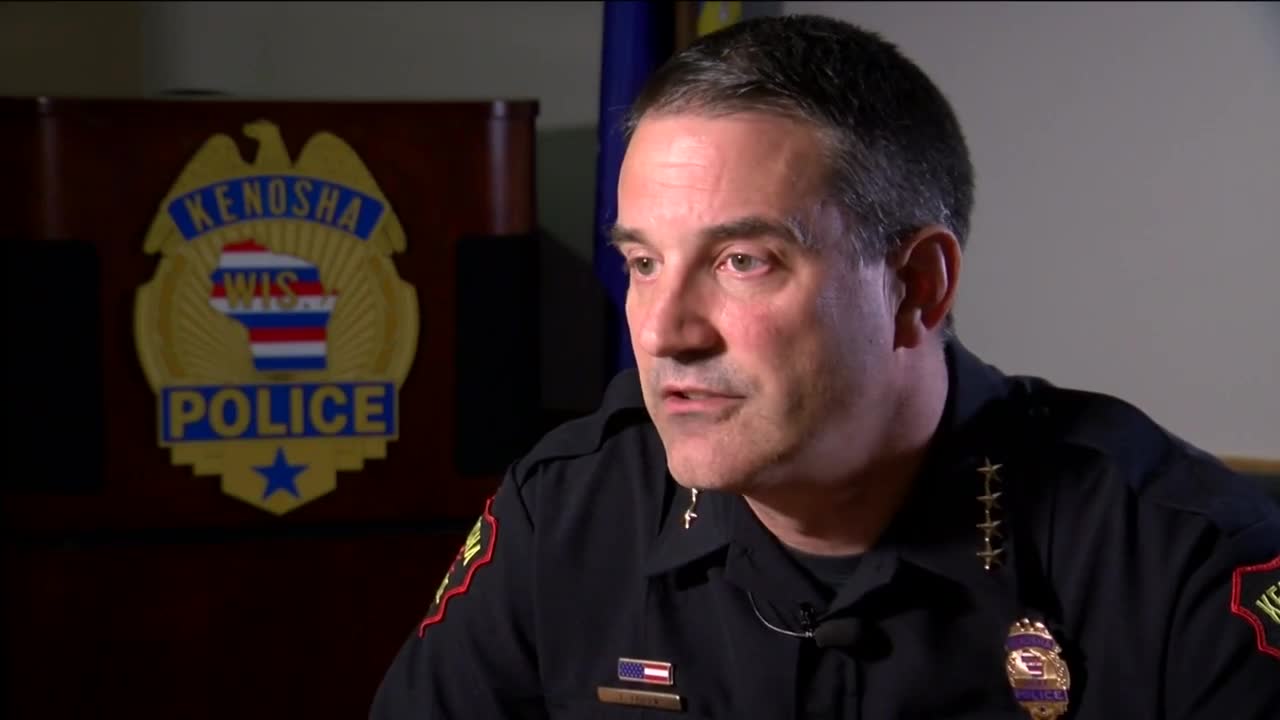KENOSHA — Next week will mark one year since the police shooting of Jacob Blake. The protests that followed led to unrest that put the country’s eye on Kenosha.
Kenosha’s Interim Police Chief Eric Larsen says some of the changes to his department’s policies and training were in the works before the Blake shooting, but conversations between police and the community became much more intentional in the months that followed.
Back on Aug. 23 of 2020, cell phone video showing officer Rusten Sheskey shooting Blake became a rallying cry for the Black Lives Matter movement.
At the time of the shooting, Larsen was a deputy chief of the department. Now, as the interim chief, he’s speaking on the department’s behalf.

When asked what he learned from the Blake shooting and the protests that followed, Chief Larsen responded, “this all started prior to all that.”
TMJ4 News pressed further, asking what he learned from the Blake shooting in particular. He responded, “I'm not going to speak to that."
Chief Larsen says that’s because of ongoing lawsuits facing the department, but he was willing to speak about the changes the department has made since, including body cameras for all officers beginning in October.
“(Officers) know there are cameras everywhere in the community, whether it's on buildings, people with their own camera. It now allows us to get our perspective,” he said.
When it comes to policy changes, Chief Larsen says Kenosha’s mayor tasked the department with implementing deescalation tactics and training after the police killing of George Floyd in Minneapolis.
Chief Larsen says after the Blake shooting, he reached out to community activists about what they want from their police department. The biggest request was non-police violence disruptors.
"It makes sense because if you can stop something from escalating, if you can get that argument quashed, you can potentially stop future violence,” Chief Larsen said.
Since December, Chief Larsen says he’s met weekly with a group called Kenosha Coalition Organizing Resolution. Its president, Nicholas Dennis, says the chief has been receptive to their calls for change and willingness to help.
"Whatever happened, happened,” Dennis said. “We still feel the pain from it, but we can't stand here and keep dealing with the pain. We've got to do something that's going to heal the injury.”

Dennis says his organization has received more than a dozen calls since winter to deescalate conflicts before they turn violent.
"One of them was actually on this street and to make a long story short, the officers, they got out the way,” he said. “They left, and the C.O.R. showed up and we handled the situation. Everybody went home happy and it was a great day for us."
Dennis admits he isn’t pleased with every decision the Kenosha Police Department has made, such as allowing officer Sheskey to return to the force after he was cleared of criminal charges in the Blake shooting.

"Right now, he's assigned to the detective bureau and he's doing meaningful work there,” Chief Larsen said of officer Sheskey. "He's not out in the community at this point."
Chief Larsen says aside from typical retirements which happen every year, six officers decided to leave after protests and civil disturbances last summer.
Chief Larsen originally planned to retire at the end of this year, but agreed to stay through 2022 to train new officers and continue his efforts with community policing.
"I think the future looks good, I think that there will always be struggles,” Chief Larsen said. “As positive as you can be, you're not always going to be able to get along with everyone, but we're going to put our best foot forward and we're going to try."



